Cats are fascinating creatures known for their independent and often mysterious nature. As a cat owner or enthusiast, you might have observed your feline friend engaging in some peculiar behaviors. While these actions might seem bizarre, they often have logical explanations rooted in feline biology and psychology. In this article, we delve into ten bizarre cat behaviors and unravel the mystery behind them, aiming to enhance your understanding and appreciation of these enigmatic companions.
The Midnight Zoomies: Why Cats Dash Around at Night
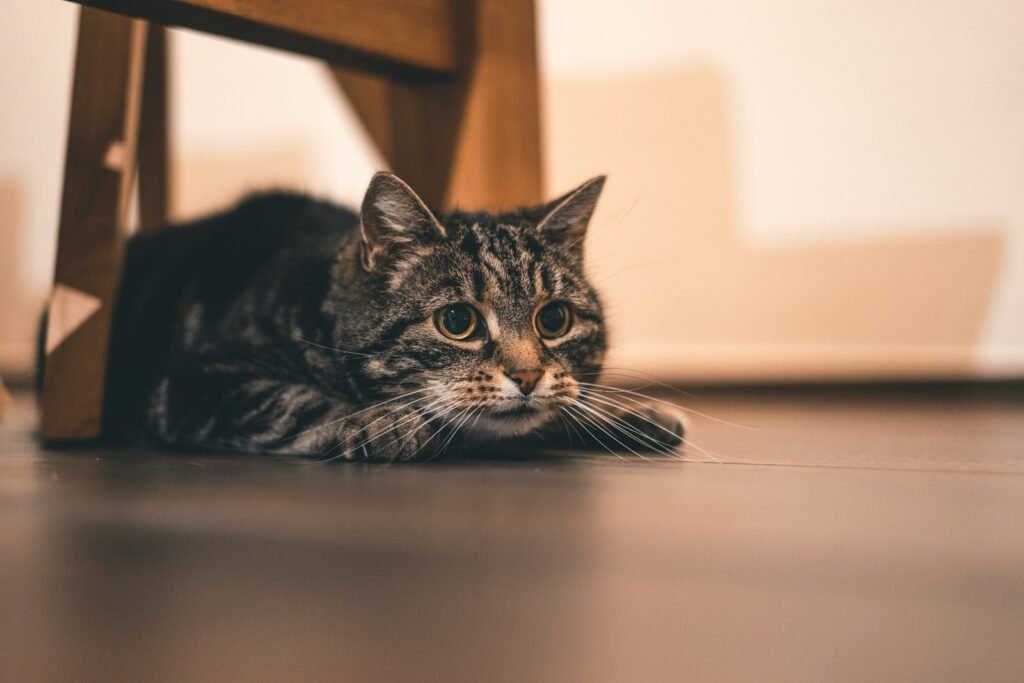
If you’re a cat owner, you’re likely no stranger to the sound of your cat racing through the house in the middle of the night. Known as the “zoomies” or “midnight crazies,” this behavior is primarily due to a cat’s crepuscular nature, meaning they are most active during dawn and dusk. In the wild, these would be prime hunting times, so even domesticated cats retain this instinct by expending some of their pent-up energy through sudden bursts of activity.
Kneading: A Comfort Ritual Dating Back to Kittenhood
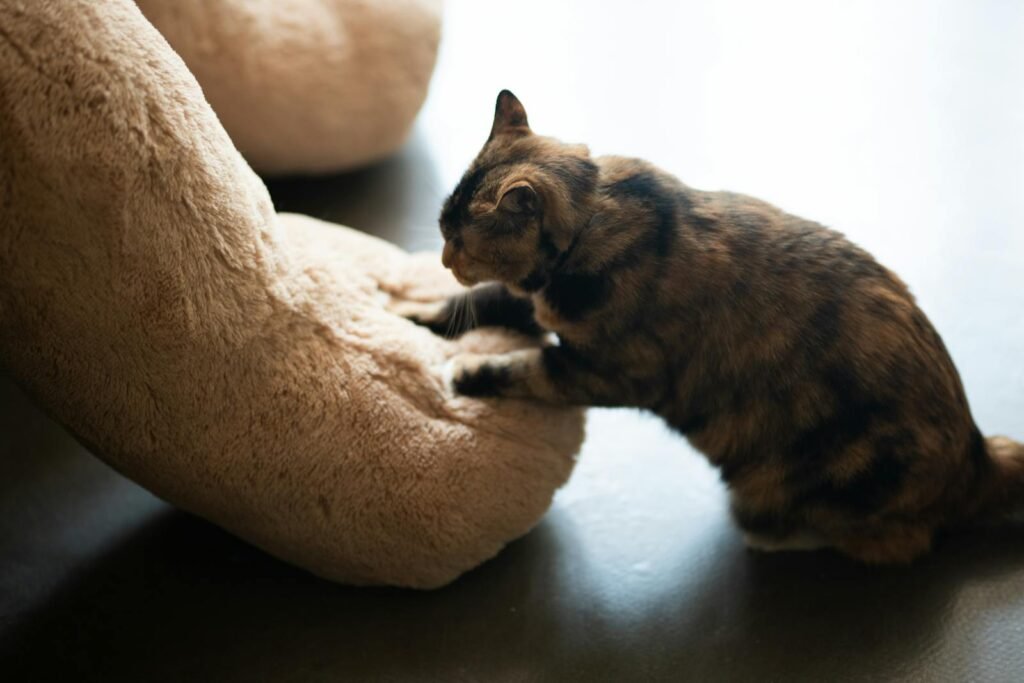
Kneading, or “making biscuits,” is a common, albeit strange, behavior where cats rhythmically push their paws against soft surfaces. This action harks back to kittenhood when they kneaded their mother’s belly to stimulate milk flow. For adult cats, kneading can be a comforting ritual that harkens back to the safety and warmth of their early days.
Chattering Teeth: The Hunter’s Instinct at Play

When a cat spots a bird through the window, they might make a strange chattering sound with their teeth. This behavior, known as “chattering,” is believed to be a reflection of a cat’s natural hunting instincts. The sound might mimic the killing bite they would use in the wild, or it could be an expression of frustration at being unable to reach the prey.
Slow Blinking: A Feline Kiss for Trust and Affection
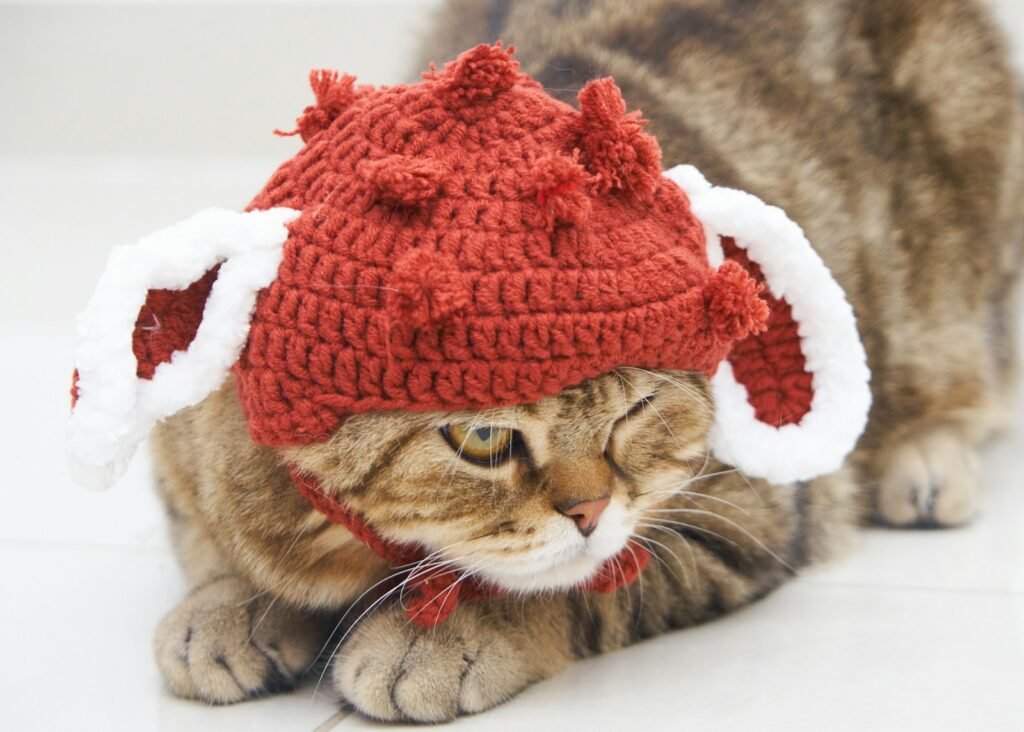
Have you noticed your cat giving you a slow blink? This is actually high praise in the cat world, often referred to as a “cat kiss.” When a cat closes its eyes slowly in your presence, it’s a sign of trust and affection. In the wild, closing one’s eyes makes them vulnerable, so if a cat does this, it’s showing comfort and security around you.
Bunting: The Curious Case of Cat Headbutts
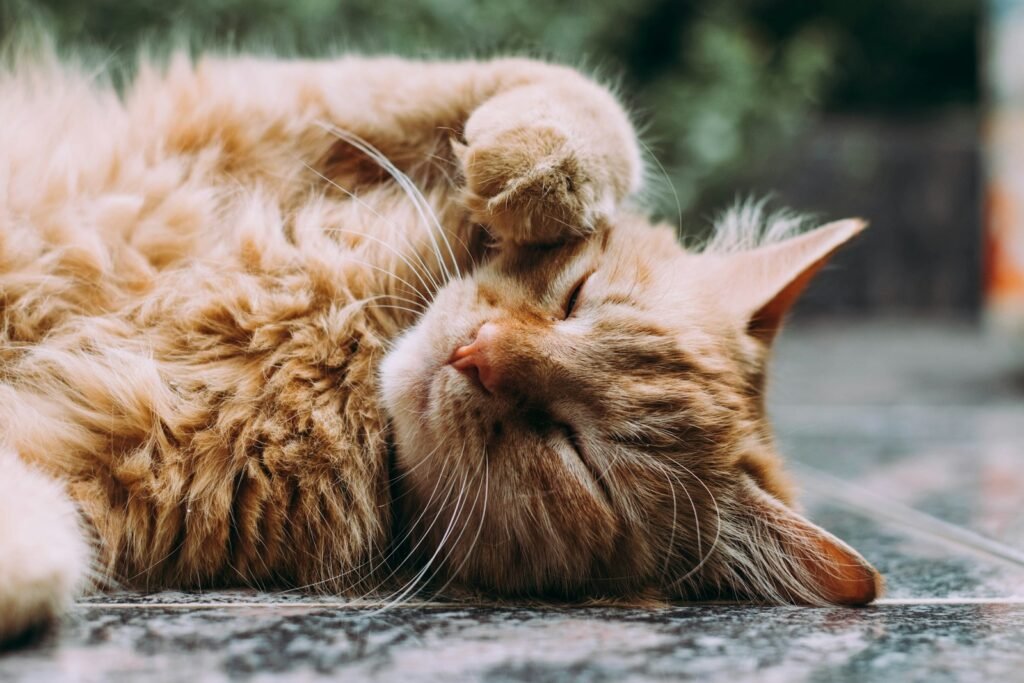
Bunting, or headbutting, is when a cat gently butts its head against you or objects. This behavior is a way for cats to mark their territory, transferring pheromones from scent glands located on their heads. When your cat bunts you, it’s a sign of trust and affection, indicating they consider you as part of their territory and social circle.
Pica: Why Some Cats Eat Non-Food Items
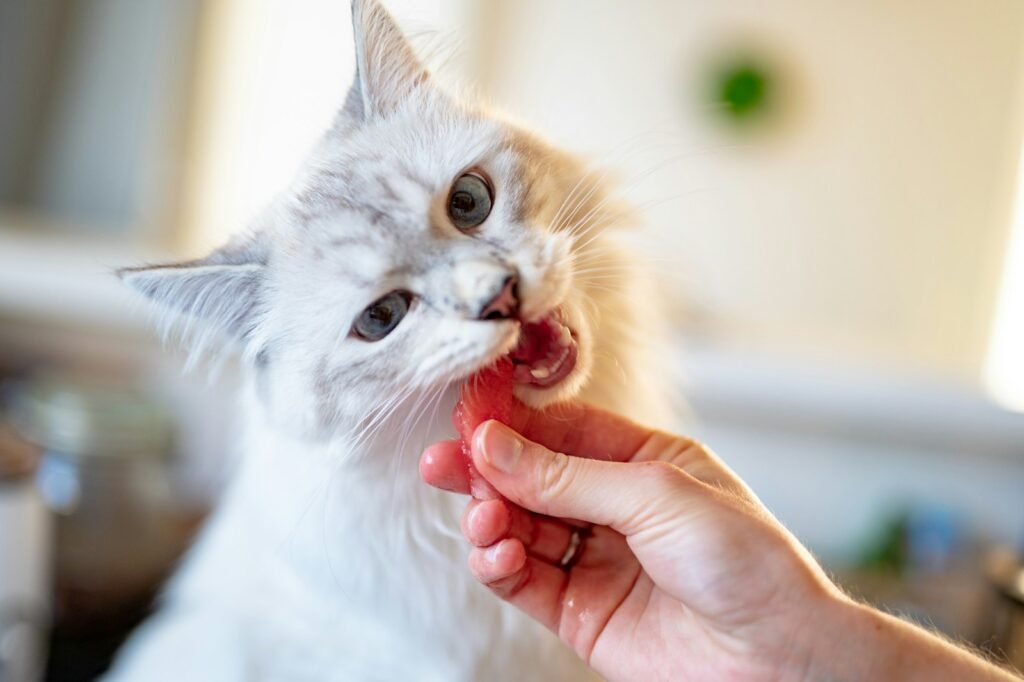
Pica, the eating of non-food items such as fabric, plastic, or paper, can be an odd and concerning behavior in cats. This could stem from nutritional deficiencies, anxiety, boredom, or even a genetic predisposition. Identifying and addressing the underlying cause with a veterinarian is crucial to ensuring your feline’s well-being.
Kicking and Bunny Kicking: The Art of Play and Defense
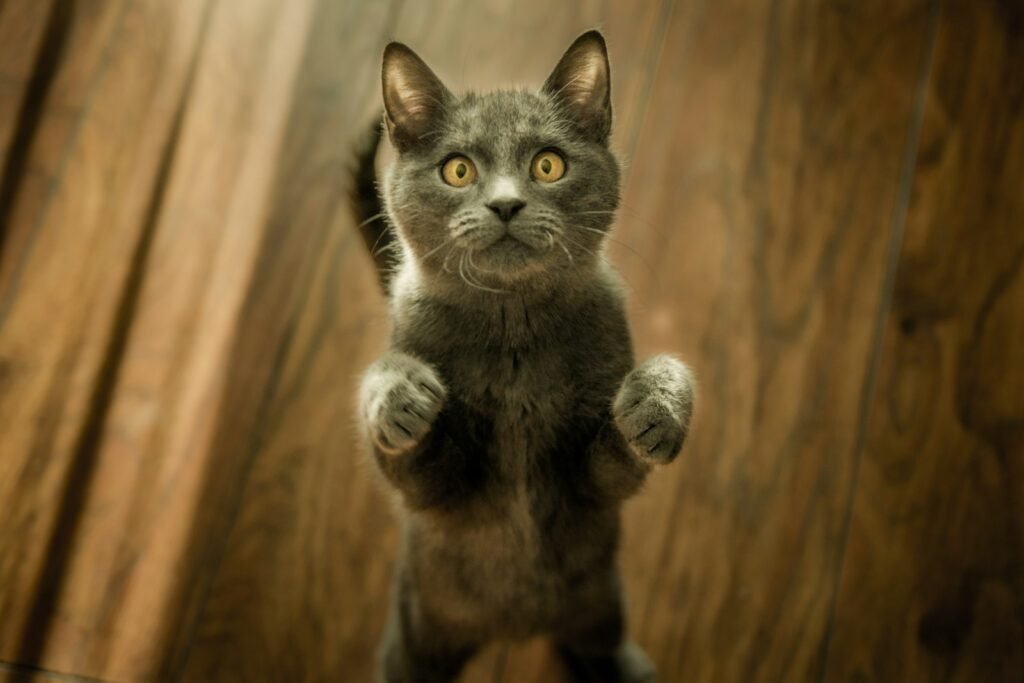
Cats sometimes grab objects or even your hand with their front paws and kick with their hind legs. Known as “bunny kicking,” this behavior is part of their play repertoire and also serves as a fighting tactic in the wild, allowing them to subdue prey or fend off threats. It’s important to redirect this behavior to appropriate toys to avoid injury.
Tail Twitching: Reading a Cat’s Emotional Barometer
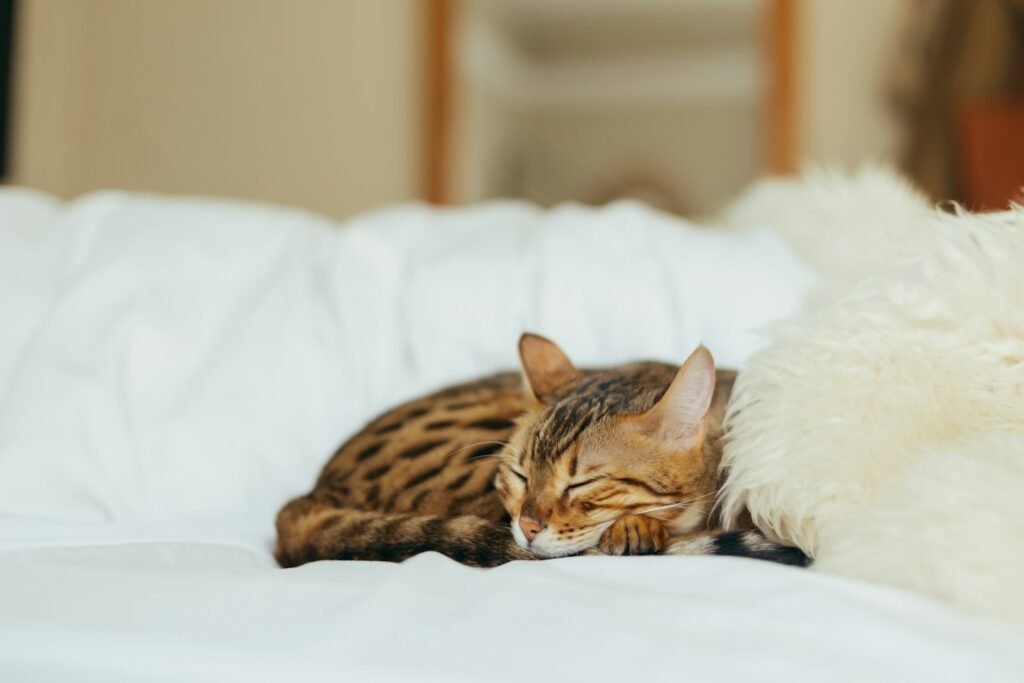
A cat’s tail is a great indicator of its mood. A twitching tail usually signifies that a cat is irritated or excited. Paying attention to this form of body language can help owners better understand their cat’s feelings and respond accordingly, whether that’s giving them space or engaging them in play.
Gifts of the Wild: Understanding Why Cats Bring Home “Presents”
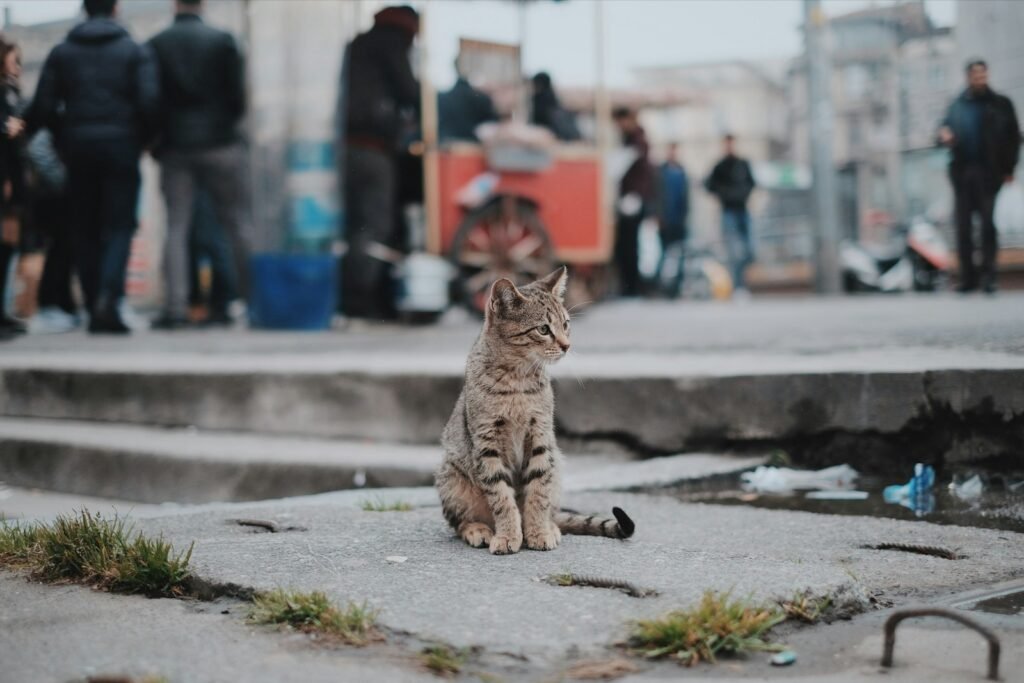
Some cat owners have been unpleasantly surprised by their pet bringing home prey, such as mice or birds. This behavior may seem bizarre, but it’s actually an act of kindness from your cat. In the wild, bringing food back to the colony is a caring gesture, so your cat may be expressing love and providing for its human family.
Conclusion: Embracing the Eccentricities of Cats
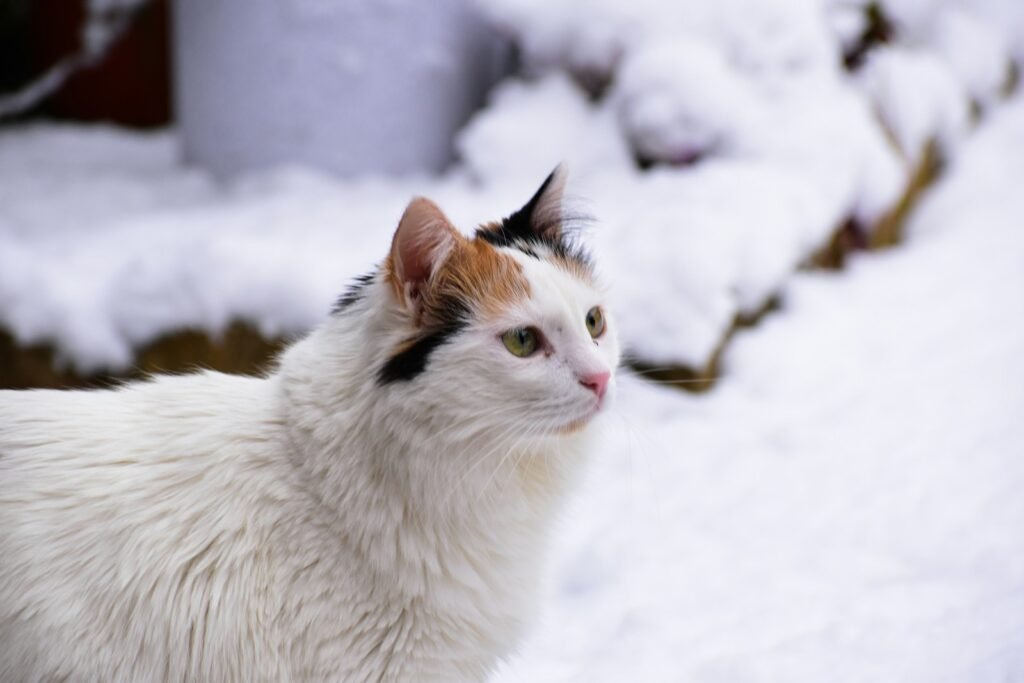
While cats can display some truly bizarre behaviors, understanding the reasoning behind these actions enhances our bond with them and allows us to cater to their needs more effectively. By appreciating these unique quirks, we can create a harmonious living environment and enjoy the companionship of our feline friends to the fullest.

Growing up traveling and experiencing new cultures and wonders, I have had a passion for nature, adventuring, photography, and videography. I am currently working towards a BSc in Biodiversity and Ecology at Stellenbosch University, and I hope to specialise in Marine Sciences one day.
Please send any feedback to Feedback@animalsaroundtheglobe.com






